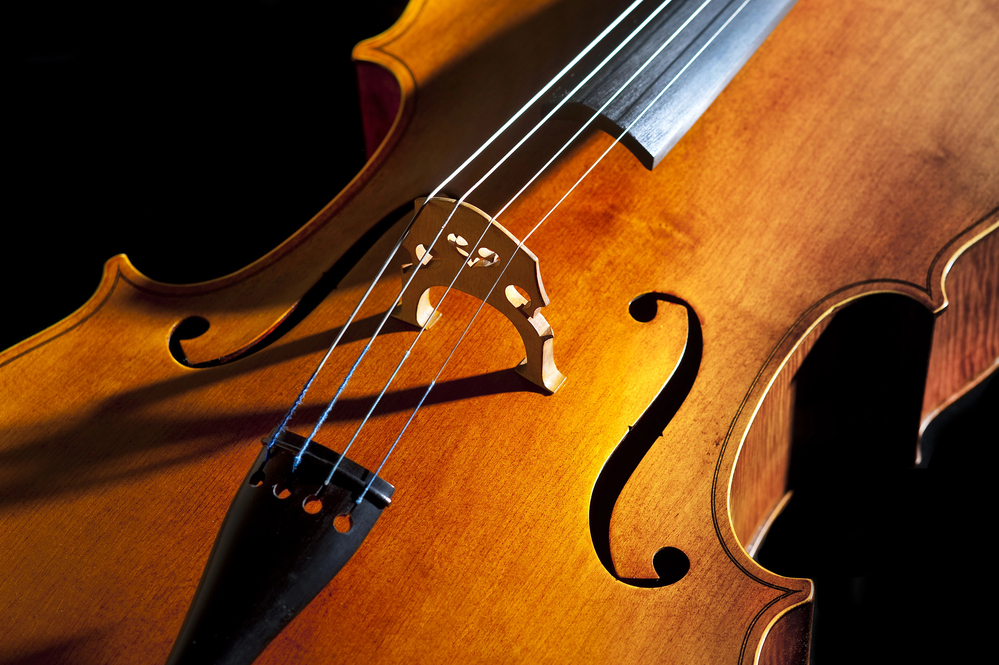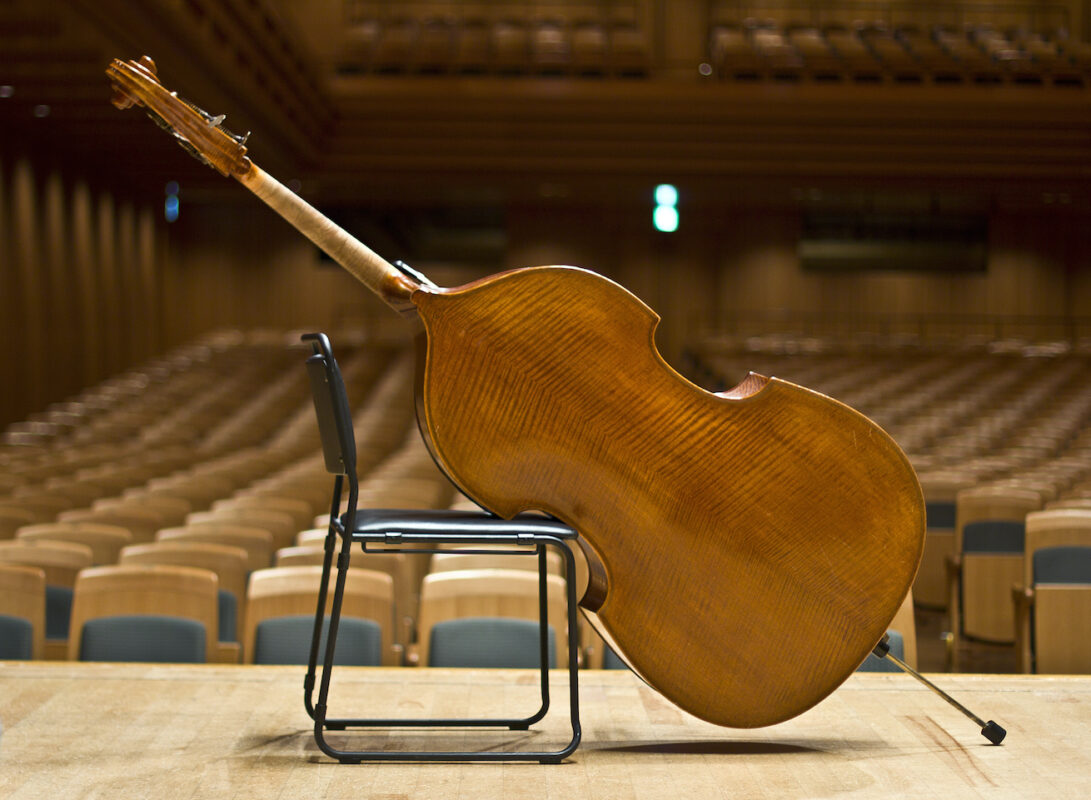Plea for Mainardi
Letter to the editor to the article "Historisch, Aufführung, Praxis" in: Schweizer Musikzeitung 1_2/2024, page 12 ff.

Thanks to the article "Historical, performance, practice" in the January/February 2024 issue of the Swiss Music Newspaper I now know that historical performance practice has been around in Switzerland for 90 years. Because I play the cello, I am naturally interested in what this movement has brought to the interpretation of Johann Sebastian Bach's suites for solo cello. I had my first cello lessons in 1950, and at that time nobody in my home town in West Germany was talking about historical performance practice. But I still remember my teacher taking me to a concert in Frankfurt am Main where Enrico Mainardi played three of the six solo suites from memory. That was the result of years of study and careful formal analysis.
A short time later, the six suites with his fingerings, bowings and formal analysis were published by Schott. In the introduction, Mainardi writes: "The bowings and fingerings of this edition have been determined with the intention of making the 'linear counterpoint', which is the form-giving principle of Bach's cello suites, as clear as possible. I tried to achieve this with the help of the contrast that arises from a deliberate alternation between bound and unbound, as well as by exploiting the different timbres of the four cello strings."
Examples
If one now compares Mainardi's edition with later editions of the suites, one realizes that the pioneering work of this great cellist does not seem to have borne fruit. I would like to illustrate this with two examples from the Leisinger edition (published by Wiener Urtext-Edition). There, the prelude of the 1st suite begins with the first three notes G-d-b being taken on a bow. The major chord is thus emphasized in a Romantic manner. In Mainardi, on the other hand, only the three notes b-a-b are tied in bar 1, and the low G is always set off and taken as the organ point, which is sustained for four bars. Like Leisinger, it is not necessary to have studied three or four different sources to realize that Mainardi understood Bach better.
I take the other example from the Gigue of the 4th Suite in E flat major. Here the Viennese edition has three quavers connected by a bow throughout, i.e.: (1 2 3) (4 5 6) (7 8 9) (10 11 12). Could it be any more boring? It doesn't help if you play with a baroque bow. Mainardi only slurs like this for two bars, after which he breaks the rigid pattern, and in bars 7 and 8 he slurs like this: (1 2 3) 4 (5 6) (7 8 9) 10 (11 12), and in bar 9 again differently, namely (1 2 3) 4 5 (6 7) 8 (9 10) 11 12. This brings the movement, which consists only of quavers and four long end notes, to life.
How is it possible that in Vienna, where Nikolaus Harnoncourt, who was first a cellist, has propagated historical performance practice with his Concentus Musicus, an edition of the cello suites is published that ignores what Mainardi already achieved in the 1950s and also adorns itself with the title "Urtext"?
No autograph
We do not know which bows Bach set himself because the autograph has been lost. Studying the copies does not provide any clear answers. The preface to the Wiener Urtext-Edition (Schott/Universal Edition) states: "Unfortunately, the slurs in most of the copies are very carelessly set." This also applies to the copy penned by Anna Magdalena Bach. Fortunately, the autograph of the violin sonatas BWV 1001-1006, which was also copied by Anna Magdalena, still exists.
A comparison of the two reveals: "While Bach generally marks analogous passages such as sequences and repeats in the same way, Anna Magdalena places the slurs differently in the corresponding passages. The copyist often makes the slurs too flat and ... too short, so that the beginning and end of the slur remain undefined. Occasionally the scribe omits individual slurs, elsewhere she adds new ones." (Schwemer and Woodfull-Harris, text volume to the edition of the 6 Suites a Violoncello Solo senza Basso in Verlag Bärenreiter, BA 5215, p. 6) The old sources can therefore not be of much help in the search for suitable bowings.
In the Schott edition, Mainardi's analysis is set in small print under each line. This makes it less suitable for performances. It would be of great benefit if there were an edition with Mainardi's bowings, but with his formal analysis in a separate booklet.








